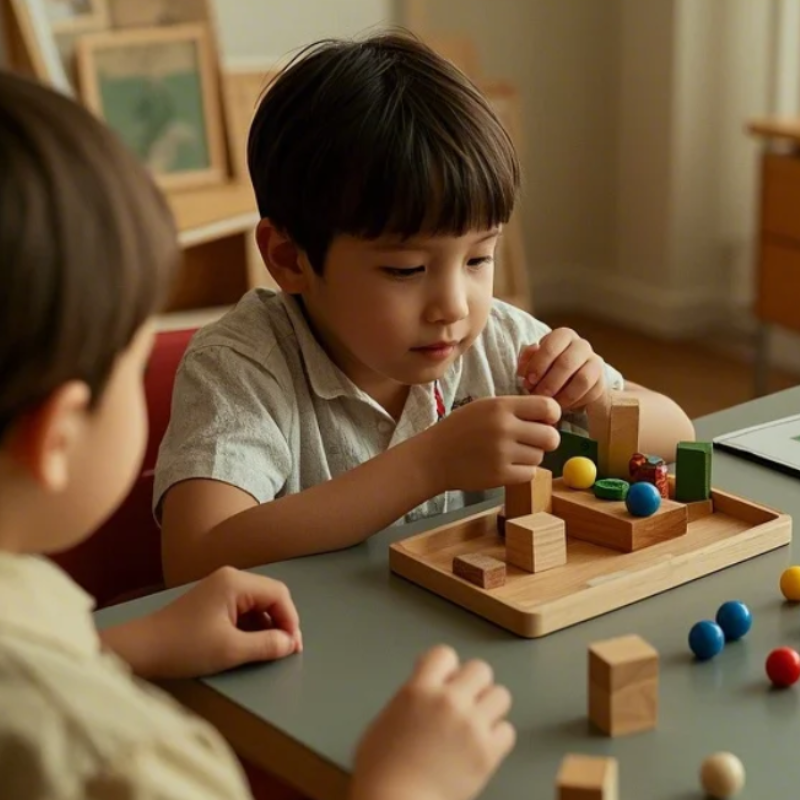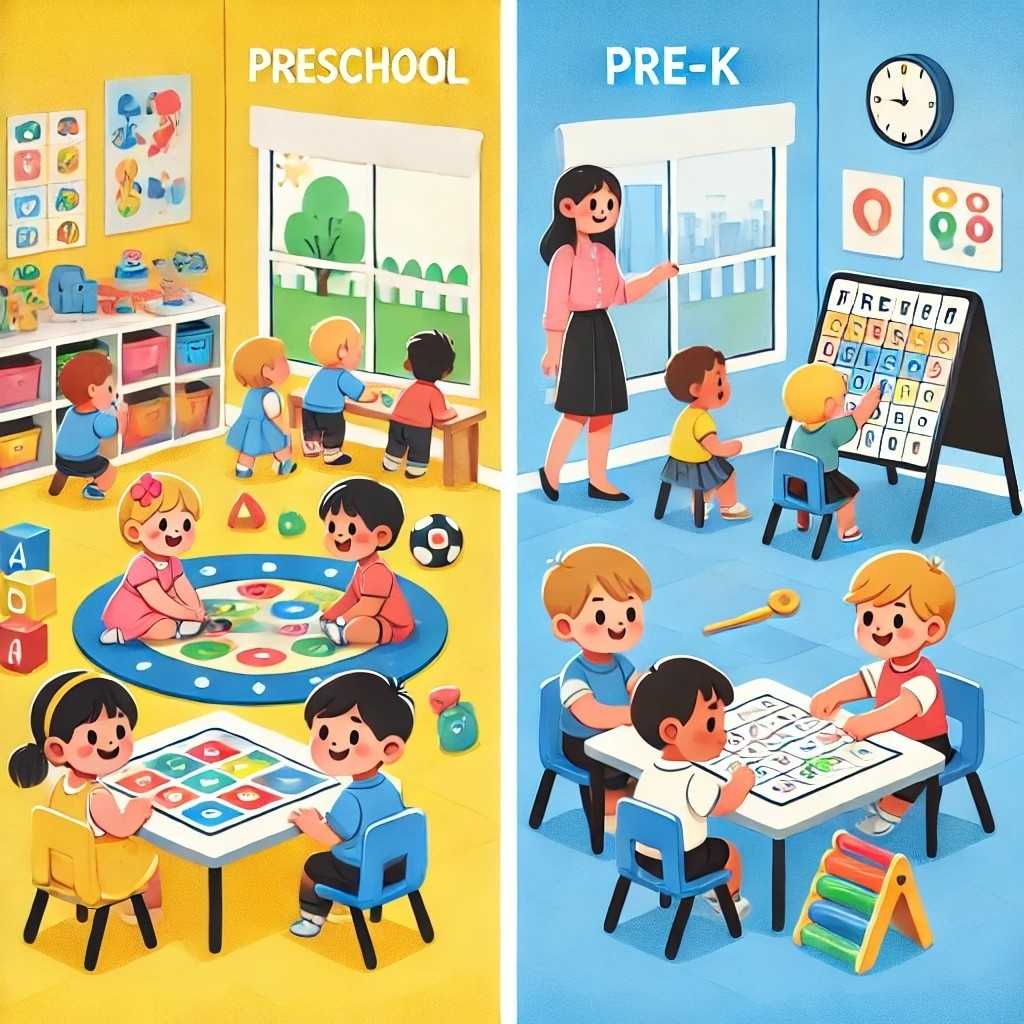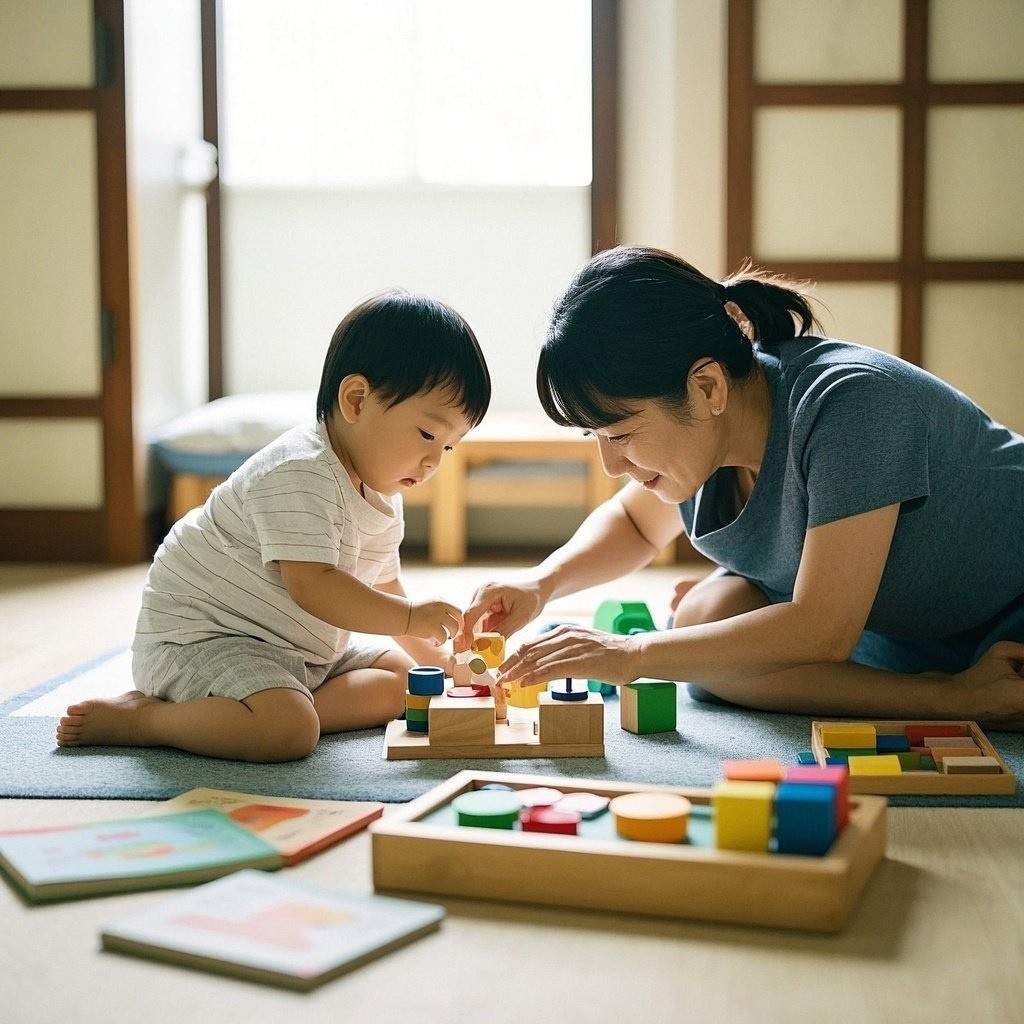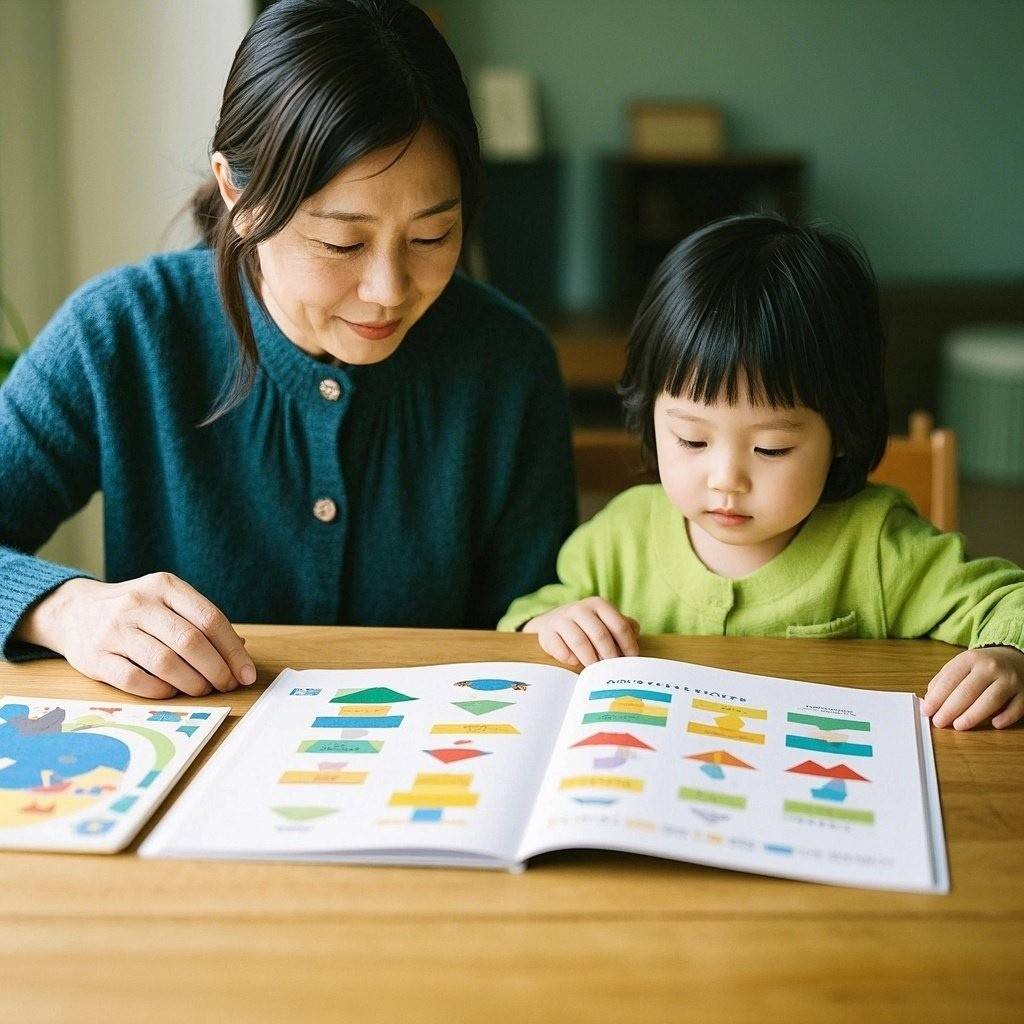The Montessori method, developed by Dr. Maria Montessori over a century ago, is an educational approach based on the belief that children learn best when they are free to explore and discover at their own pace. Although the Montessori philosophy is often associated with specialized schools, it can easily be adapted to the home environment. By setting up a Montessori-inspired space and incorporating its principles into daily life, parents can foster independence, creativity, and a love of learning in their children. This article will guide you through how to do Montessori at home, ensuring your child thrives in a supportive, enriching environment.
I. Introduction to Montessori at Home
Montessori education emphasizes the importance of self-directed activity, hands-on learning, and collaborative play. It is grounded in the idea that children are naturally curious and capable of learning independently. The role of the adult is to observe and provide the necessary tools and opportunities for children to develop their skills and interests.
Implementing Montessori at home involves creating an environment where your child has access to age-appropriate materials, a space that promotes exploration, and routines that encourage responsibility. The goal is to allow children to take the lead in their learning while guiding them with respect, patience, and understanding.
II. Setting Up a Montessori Environment
One of the most important aspects of Montessori at home is the physical environment. In a Montessori classroom, the space is carefully designed to be child-centered, fostering independence and exploration. At home, the same principle applies. Here’s how to set up your Montessori-inspired home:
1. Child-Friendly, Accessible Space
The foundation of a Montessori environment is creating a space where your child can independently access materials and resources. This means organizing the home so that items children might need, such as books, toys, and tools, are within reach.
- Low Shelving: Use low shelves or storage units that allow children to access and return items easily. Avoid using high shelves or cabinets that require assistance to reach. This encourages a sense of autonomy.
- Organization: Keep materials organized in clear bins or baskets. By categorizing items, children will be able to find what they need and return it after use. This not only fosters independence but also teaches organization and responsibility.
2. Use of Natural Materials
Montessori emphasizes the importance of using natural, high-quality materials over plastic toys. Natural materials such as wood, metal, and fabric not only provide a sensory experience for children but also align with the Montessori belief that children should connect with the real world.
- Toys and Tools: Choose simple, open-ended toys and materials. Items like wooden blocks, metal spoons, baskets, and fabric items provide endless opportunities for imaginative and practical play.
- Books and Art: Offer books with high-quality illustrations and art supplies like colored pencils, markers, and paint. Let your child explore their creativity through different media.
3. Child-Sized Furniture
Montessori environments prioritize child-sized furniture so that children can engage with the space comfortably. At home, you can adjust the furniture to meet the needs of your child.
- Small Tables and Chairs: Opt for smaller tables and chairs that allow children to sit and engage with their work comfortably. Ensure that the furniture is stable and safe for your child’s size and age.
- Low-Height Mirrors: Use low mirrors so that children can see themselves and use it for self-reflection, practice activities such as brushing teeth, or exploring facial expressions.
III. Montessori Principles in Daily Life
A Montessori home isn’t just about setting up a physical space—it’s also about adopting certain principles into your daily routine. These principles guide your interactions with your child and help foster an atmosphere of respect, patience, and independence.
1. Encouraging Practical Life Skills
Practical life skills are an essential component of the Montessori method. These tasks allow children to learn important life skills while also developing concentration and coordination. Incorporating these skills into your child’s daily routine can help them feel capable and confident.
- Activities for Independence: Encourage your child to participate in daily chores, such as setting the table, folding laundry, watering plants, or preparing snacks. These activities teach responsibility and build motor skills.
- Care for Self and Environment: Encourage your child to dress themselves, brush their teeth, clean up after meals, and take care of their toys. This helps instill a sense of order and discipline.
2. Allowing Freedom of Choice
One of the key Montessori principles is that children learn best when they are free to make choices. Providing opportunities for choice within set boundaries helps children build confidence and decision-making skills.
- Choice of Activity: Offer a selection of activities for your child to choose from. Allow them to decide what they’d like to do based on their interests. For example, you could provide a choice between drawing, building blocks, or a sensory activity like pouring water.
- Respecting Interests: Pay attention to your child’s preferences and interests. If they’re particularly engaged with a certain activity, allow them to explore it more deeply. Follow their lead and encourage exploration.
3. Practicing Respect and Patience
Respect is at the core of the Montessori method. Children thrive when they are treated with respect, and the relationship between adult and child is built on trust and understanding.
- Gentle Guidance: Avoid being overly directive. Instead of telling your child exactly what to do, guide them with questions or suggestions that promote independent thinking.
- Patience: Allow your child to complete tasks at their own pace. Resist the urge to intervene too quickly or do things for them. Patience and observation are key in the Montessori approach.
IV. Montessori Learning Activities
Montessori learning is based on hands-on experiences, and the activities should encourage active engagement and focus. The activities should also allow children to explore and learn through their senses.
1. Sensory Play and Hands-On Learning
Montessori learning activities often involve sensory play, which helps children develop cognitive, motor, and social skills. Sensory play can include activities like pouring, sorting, and feeling different textures.
- Practical Activities: Offer your child opportunities to engage in activities that challenge their senses, such as playing with water, sand, or clay.
- Sorting and Matching: Activities that involve sorting objects by color, shape, or size help develop logical thinking and categorization skills.
2. Simple, Self-Correcting Educational Toys
In Montessori, the materials children use are often self-correcting, meaning they provide immediate feedback. This allows children to learn through trial and error without relying on adult intervention.
- Puzzles: Simple wooden puzzles or sorting toys allow children to work independently and learn from mistakes.
- Building Blocks: Blocks, such as wooden or foam shapes, can help children develop spatial awareness, hand-eye coordination, and problem-solving skills.
V. Fostering Independence and Responsibility
Independence is a key goal of Montessori education. As children grow, they should be given the opportunity to take on more responsibilities and make decisions.
1. Encouraging Self-Care and Decision-Making
Encourage your child to take responsibility for their own well-being. From brushing their teeth to choosing their clothes, fostering independence is key to building confidence.
- Dress Yourself: Offer simple clothing options that your child can manage themselves, such as Velcro shoes or elastic waistbands.
- Choices: Give your child the freedom to make choices. Whether it’s choosing what to have for lunch or deciding where to play, allowing your child to make decisions builds their confidence and problem-solving skills.
2. Teaching Responsibility Through Routine and Chores
Implementing regular routines and giving children responsibilities around the house helps them understand the importance of routine and accountability.
- Household Chores: Assign simple chores, such as wiping the table or feeding pets. By making chores a regular part of daily life, children learn the value of contributing to the household.
VI. The Role of the Parent
In the Montessori approach, the parent’s role is that of a guide or facilitator rather than a teacher. Your goal is to observe, provide appropriate resources, and allow your child to take the lead in their learning.

1. Observation Over Intervention
Instead of directing every activity, take the time to observe your child. This allows you to understand their interests, challenges, and needs. By stepping back, you provide the child with the space to problem-solve and engage with their environment.
2. Providing Encouragement
Offer praise for effort, not just results. Encourage your child to keep trying, even when they make mistakes. This fosters resilience and a growth mindset.
VII. Conclusion
Montessori at home is an incredibly rewarding approach that allows children to learn at their own pace in a supportive, respectful environment. By setting up a child-friendly space, incorporating practical life skills, and respecting your child’s independence, you’ll foster an atmosphere that encourages a love of learning. Whether you’re a parent, caregiver, or educator, embracing the Montessori method at home is a powerful way to nurture your child’s growth, independence, and creativity.





